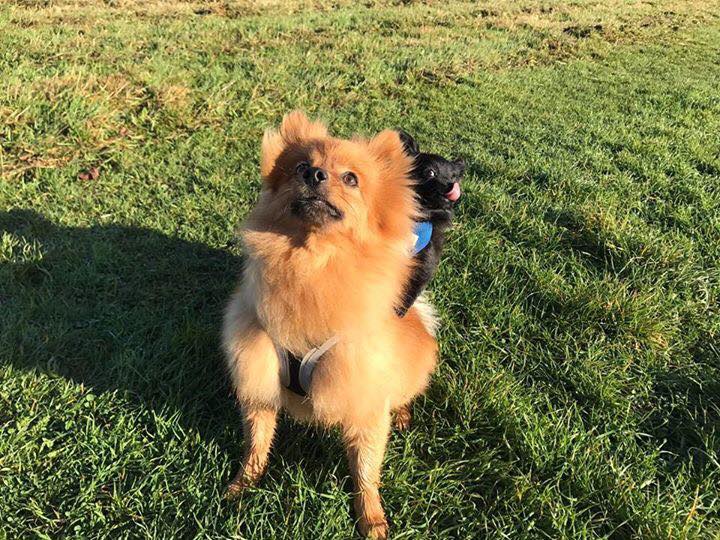Advice
Advice
Socialising!
10 – 12 weeks Time for Busy Tails!
- You may have to take your puppy for their second vaccination. Ask your vet when it will be safe for you puppy to start meeting other dogs and exploring the outdoors.
- Get your puppy used to wearing a collar and lead.
- Busy Tails runs puppy socialisation program. This will give your puppy a great chance to meet other puppies and get used to a range of other dogs. They’ll need to be fully vaccinated before going along.
- Get your puppy used to being in the car. Offer a small treat when your puppy is calm and relaxed but best not to force them to take it as they might feel car sick at first. Make sure they’re safe and secure in the car.
- It’s important that your puppy gets used to being without you. Leave your puppy for a few minutes at first e.g. while you’re making yourself a cup of tea. Gradually build up the time until they’re happy to be left in the house on their own for longer periods.
- Start reward-based training e.g. toilet training and coming when called.
- Continue socialisation training with new people and new experiences, making sure every experience is positive.
The sex of the dog that you choose may determine its size (males tend to be larger) and its personality traits to some extent (e.g., levels of affection and independence).
3. Exercise
Every dog needs regular exercise, but some will require more than others. Some breeds may need one to two short walks a day, plus time to play or train, while others may require some form of physical activity for most of the day.

























